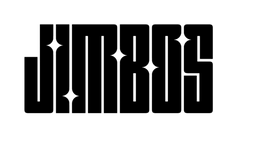Do You Need a DA Polisher to Correct Paint?
If you’re just getting into detailing, you might be wondering: “Can I correct paint by hand, or do I need a machine?” Here’s the honest answer for beginners.
Want Pro Results the Easy Way?
Pair Picture Perfect Polish with a DA polisher and a Cut & Finish Pad for safe, swirl-free correction—even if it’s your first time.
What Is a DA Polisher?
DA stands for dual action—a machine that spins and oscillates the pad at the same time. This makes it much safer than a rotary polisher because it reduces the risk of burning the paint or leaving holograms.
Can You Polish Paint by Hand?
Yes—but it’s slower, less consistent, and harder to get real correction. Hand polishing might help with very light haze or boosting gloss, but it won’t remove moderate swirl marks effectively.
When You Don’t Need a Machine
- You’re doing a quick gloss enhancement on already decent paint
- You want to clean up tight areas like door jambs or around emblems
- You’re testing products or learning technique
When You Should Use a DA Polisher
- You want to remove swirl marks, oxidation, or scratches
- You want fast, consistent results
- You want to prep for a ceramic coating or protectant
Even entry-level machines paired with Picture Perfect Polish and the Cut & Finish Pad can give you professional-level results with minimal risk.
What If You’re Nervous About Machines?
Totally normal—but modern DA polishers are extremely user-friendly. Unlike old-school rotary buffers, they’re safe even for beginners. Plus, the polish you use matters just as much.
Watch the video above to see exactly how I walk through it.
Related Posts
- Best Buffing Pads for Paint Correction (Beginner-Friendly)
- One-Step Polish vs Two-Step Correction – Which Do You Need?
- The 5 Mistakes Beginners Make When Polishing Paint



